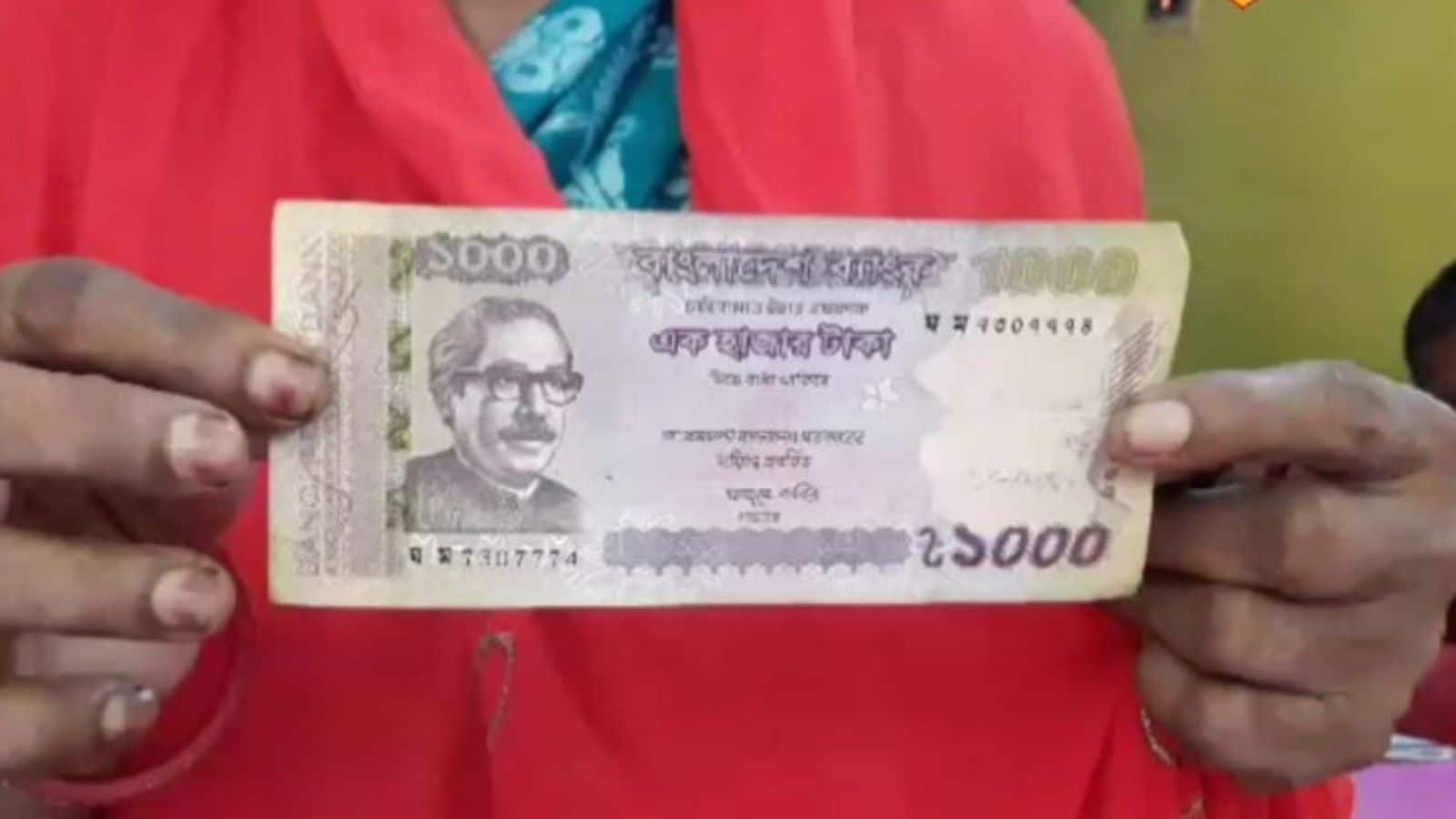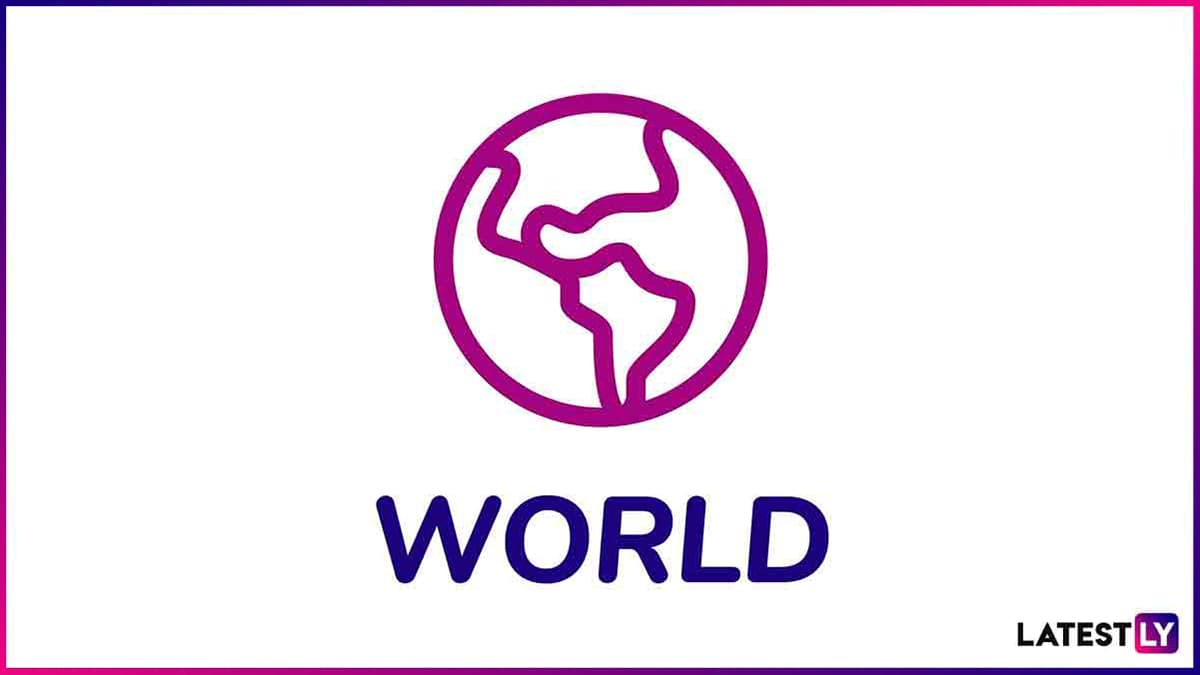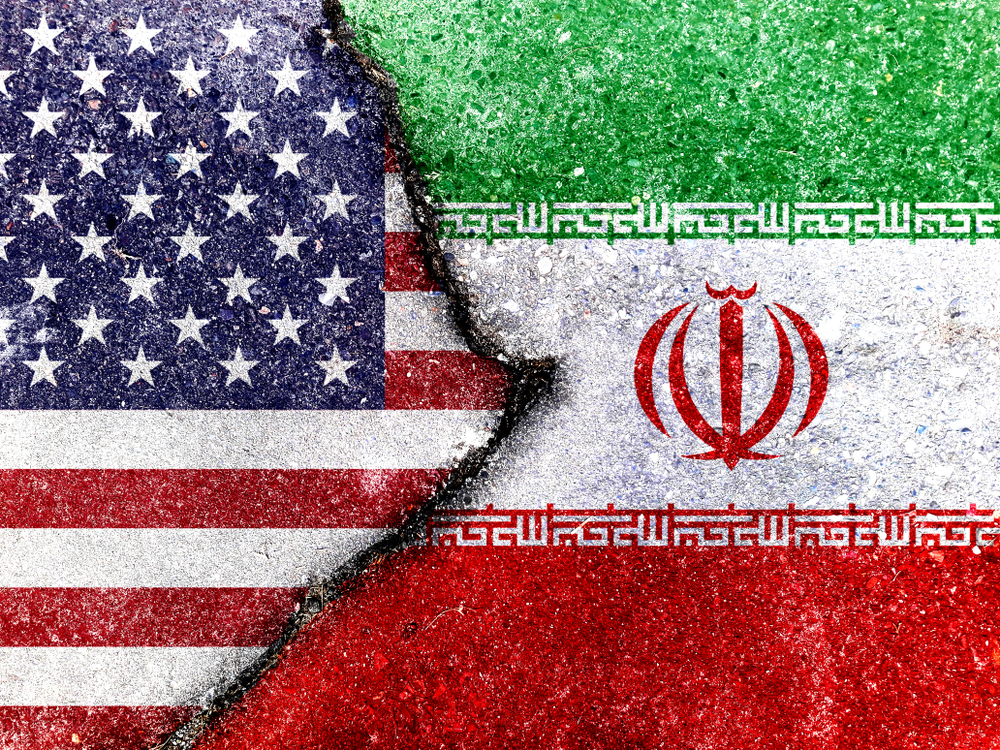Why Is Bangladesh Facing Currency Crisis, What Is The Estimated Financial Loss? Explained

The central bank of Bangladesh or Bangladesh Bank has stopped circulating newly printed bank notes, creating a financial loss of Taka 15,000 crore. Bangladesh is grappling with the economic crisis under the interim government led by Muhammad Yunus, as banks are unable to circulate currency notes to meet the demands in the country. Is There A Political Controversy? The interim government led by Muhammad Yunus has decided to reprint the currency notes without the image of Sheikh Mujibur Rahman, the founder of Bangladesh. Traditionally, the Father of the Nation’s portrait appears on all denominations. In yet another attempt to erase Sheikh Mujib’s legacy, the interim government last December decided to remove his image from the currency notes. The Dhaka Tribune had then reported that the new notes would feature religious structures, Bengali traditions, and graffiti drawn during the July uprising — the coup that led to Sheikh Hasina’s ouster and sparked violence against minorities, particularly Hindus. Prothom Alo newspaper reported that the Yunus government issued a directive in April to the central bank not to issue the old notes with Sheikh Mujib’s photo, creating a crisis in the market. Reports say that officials from Bangladesh Bank confirmed that no new notes have been supplied to commercial banks in recent weeks. “Millions of banknotes with Bangabandhu’s picture are still lying in the vaults of various banks. The mint does not have the capacity to cancel all the notes at once and print new ones. To reduce the suffering of the people, the notes that have been printed should be released into the market,” Ziauddin Ahmed, former executive director of Bangladesh Bank and former managing director of Security Printing Corporation, was quoted by Prothom Alo as saying. Strain On Cash Transactions No replacement of old, torn and worn-out notes has been issued to shops, banks, and customers who facing difficulty handling the cash. Shafiul Alam, an employee at a private organisation, speaking to Prothom Alo, explained the current situation in the market. He had made a purchase of 420 taka and had provided the store keeper with a 1,000 taka note. The seller returned two 200 taka notes, one 100 taka, one 50 taka, one 20 taka and one 10 taka note. Of these, one 200 taka note and two 20 taka notes were almost unusable. The shopkeeper assured him that he would change the torn notes next month if he brought them. Now he has no other choice. There is no opportunity to return money at the ATM booth. As Ajmal Hossain complained, “I withdrew 20,000 taka from One Bank ATM. Out of these, three 1,000 taka notes are almost unusable. Now even if I try to return these notes, the banks do not want to accept them.” New Notes Yet To Be Printed The Security Printing Corporation has scheduled the printing process of the new bank notes from May, and it will happen in phases. The first phase will involve printing of 20, 50 and 1,000 Taka notes. Ahmed also noted that the currency notes in circulation could not be cancelled all of a sudden. To make sure that people don’t suffer, the notes that have already been printed should be released into the market, and should be withdrawn gradually as new notes are printed, he suggested. Another challenge is the fact that the mint does not have the capacity to print more than three notes at a time. So, even after the printing starts, it will take some time for the market to receive new notes. According to the Bangladesh Bank, it has an annual demand for 1.5 billion new banknotes of varying denominations. However, the mint’s production capacity is only 1.2 billion pieces, and in the 2023-24 fiscal year, they produced 1.05 billion new notes. Economy In Doldrums The currency crisis comes at a time when the people of Bangladesh are already suffering from high inflation, price rise of food items and a weak currency. Bangladesh’s foreign currency reserves have been shrinking for more than a year to $20 billion in early 2025. This has made it harder for the country to finance essential imports such as fuel, food, and medical supplies. The halt in circulation of new banknotes has added to the uncertainty, raising fears of further capital flight and a parallel market for currency exchange. Since 40% of the Bangladesh GDP comes from the informal sector, the currency crisis has disrupted the business of workers in transport, street vendors, and rural merchants dependent on cash transactions. Bangladesh’s GDP is projected to grow by 3.9% in fiscal year 2025, before increasing to 5.1% in FY2026, according to the Asian Development Bank’s latest report. The World Bank has sharply downgraded Bangladesh’s economic growth forecast, predicting a mere 3.3% GDP growth for the fiscal 2024-25, ending on June 30. This sobering estimate marks the slowest growth rate in 36 years, as per The Business Standard.


















